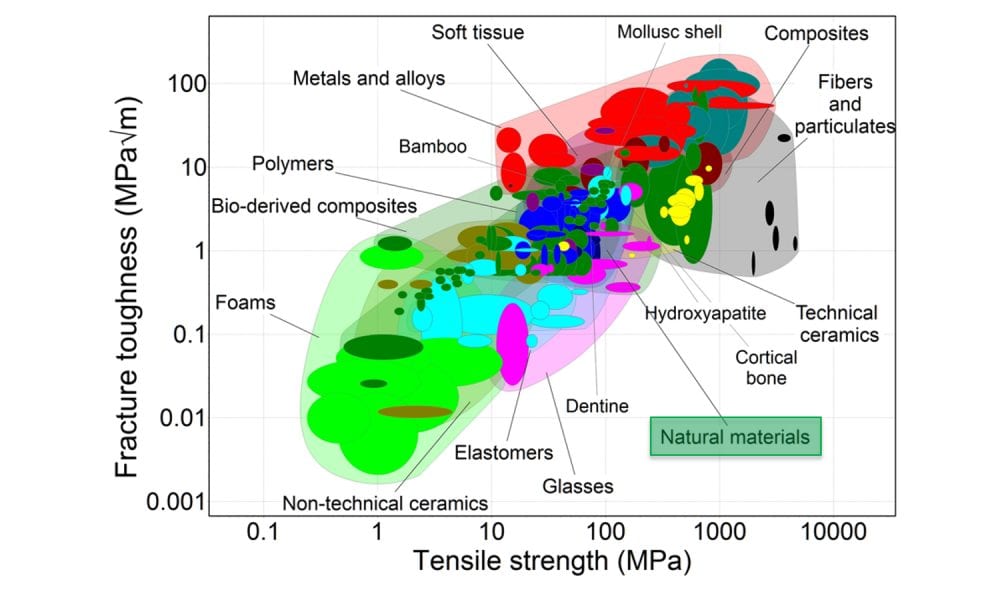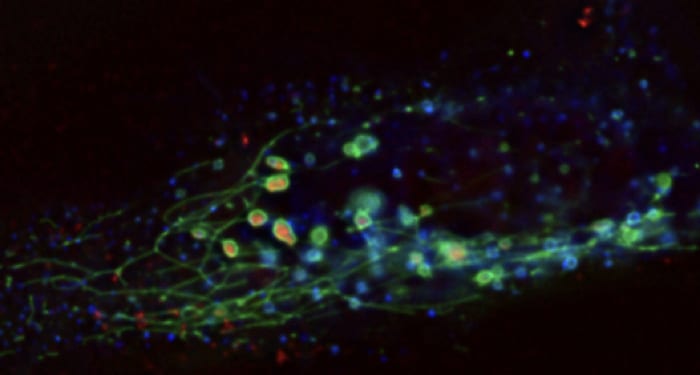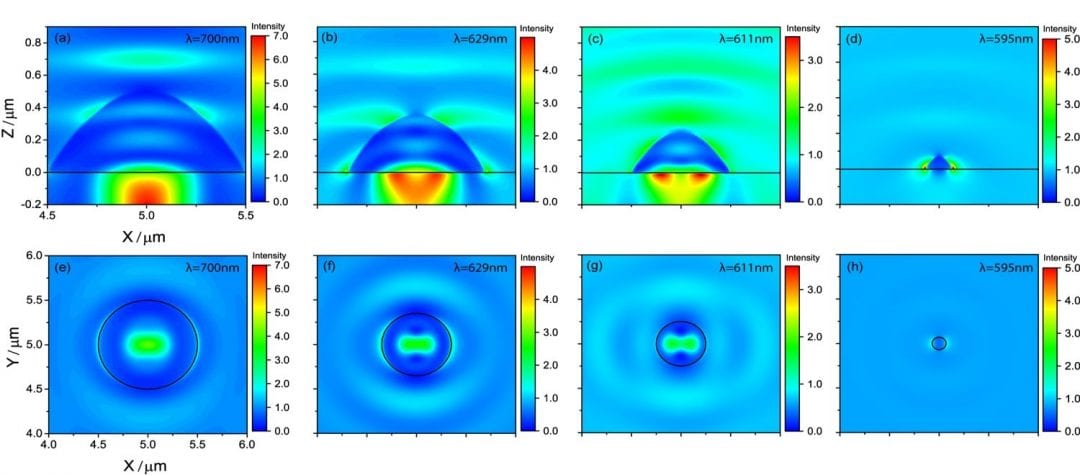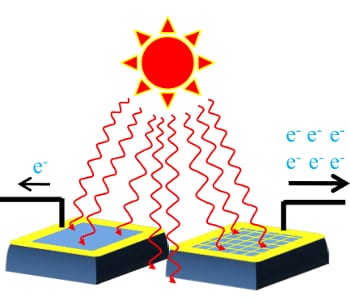With help of in situ reflection high-energy electron diffraction patterns, a method to grow high quality MgB2 films on whole Si wafers by adopting a self-limiting growth process is demonstrated.


With help of in situ reflection high-energy electron diffraction patterns, a method to grow high quality MgB2 films on whole Si wafers by adopting a self-limiting growth process is demonstrated.

Biological composites are reviewed, such as bone, teeth, and nacre, along with a description of their structure, chemistry and mechanics, and a detailed analysis of the fundamental design motifs of natural materials.

Incorporation of nanomaterials within hydrogels has great potential, as a simple approach, to generate multifunctional scaffolds with unprecedent biological, mechanical, and electrical properties.

An introduction to the mechanisms governing internalization and trafficking in cells; and a discussion of methods to detect endosomal escape and recent advances in controlling endosomal escape from polymer- and lipid-based nanoparticles are presented in this recent Review.

Researchers from EMPA, the Swiss Federal Institute for Science and Technology, present light scattering enhancement at the absorption edge in dewetting droplets of cyanine dyes.

A new approach with the potential to overcome efficiency loss of solar cells.

The recognition that scaling down would be the key to the future of technology led to research into simpler, greener techniques to synthesise nanomaterial building blocks. It’s not enough that the materials can be created: synthesis techniques need to be precise and...

Formation, formulation and applications of micro- and nanoparticles for 2D and 3D printing.

Co3O4 is emerging as favorable candidate for application in pseudocapacitors due to its low cost, super-high theoretical capacitance (3560 F/g), and great reversibility. Now, even more with substantially enhanced specific capacitance and cycling stability achieved by surface modification.

A facile one-pot solvothermal method that allows selective synthesis of pure graphene oxide (GO) and pure GO quantum dots.